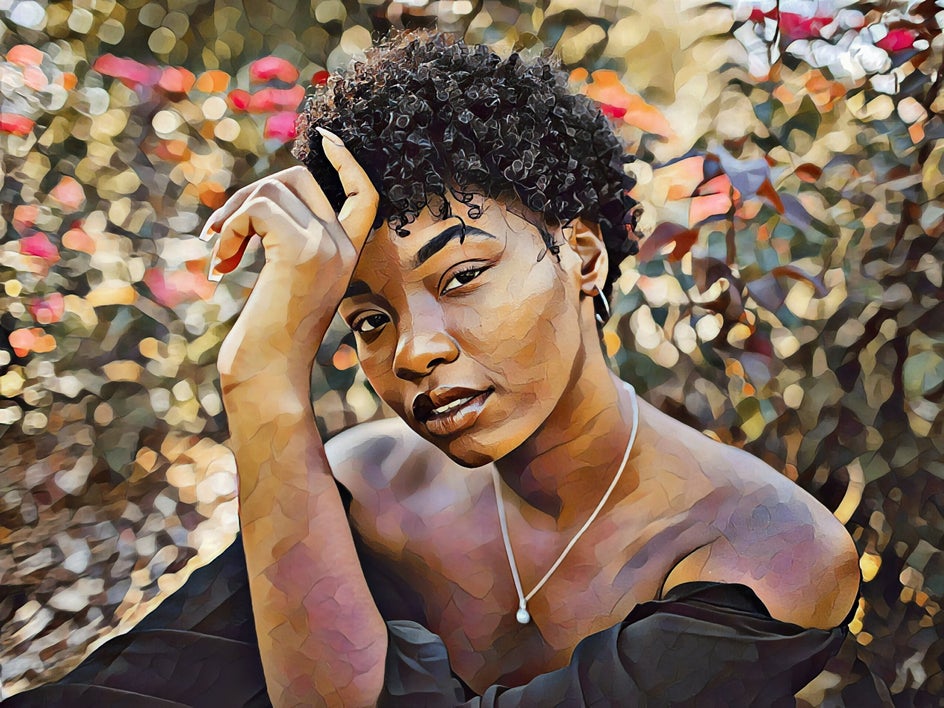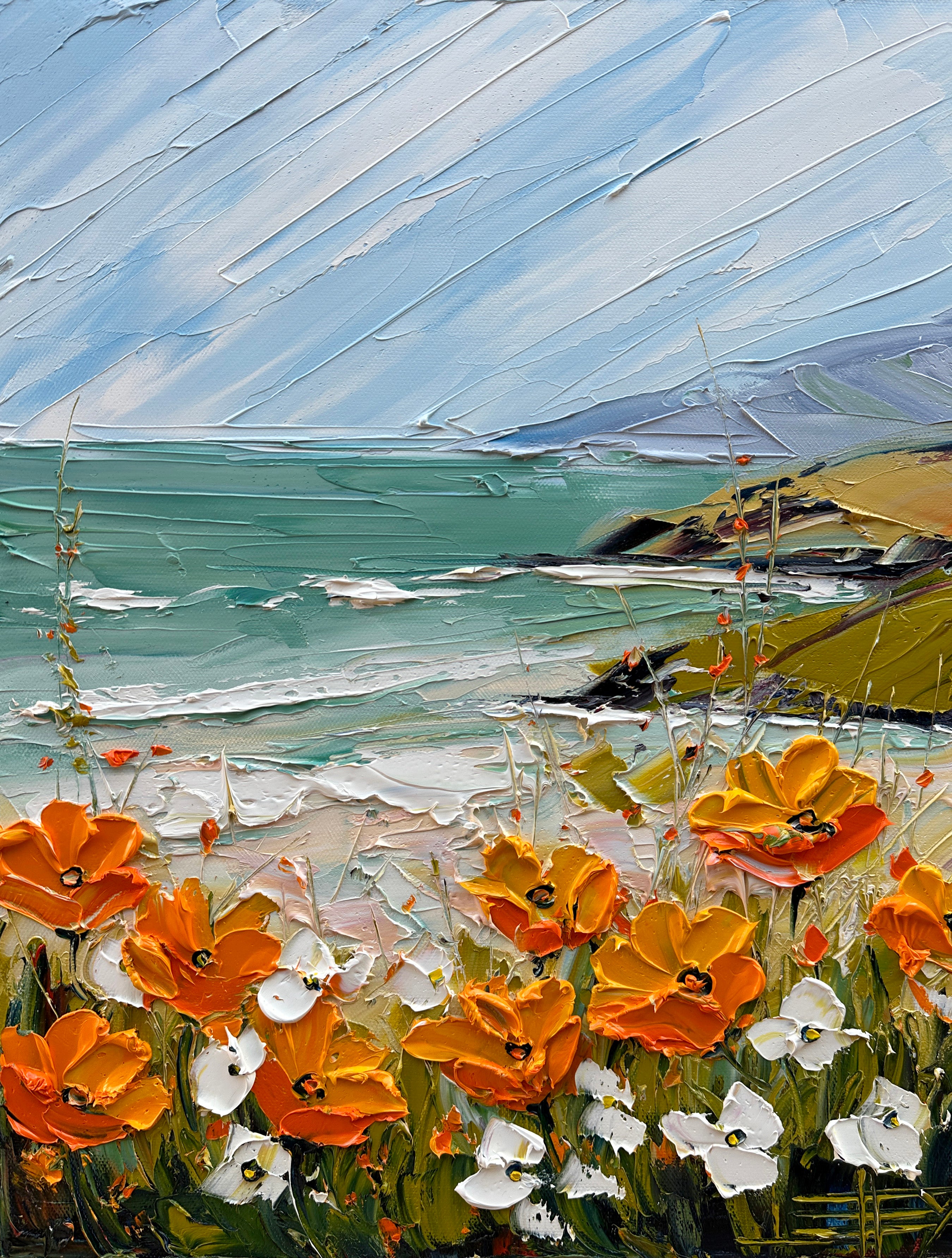Creative Interior Decor Tips with Oil Paintings for Sale
Creative Interior Decor Tips with Oil Paintings for Sale
Blog Article
Discovering All About Oil Paintings: An Overview to Comprehending Their Charm and Value
Oil paints have actually mesmerized audiences for centuries, providing a peek into the imaginative proficiency of various ages. Their abundant history is linked with ingenious methods and profound emotional expression. Comprehending the materials and techniques behind these art work can boost appreciation. Furthermore, the marketplace for oil paintings offers possibilities for collection agencies and capitalists alike. As one explores this fascinating world, the concern arises: what makes an oil paint really beneficial?
The History of Oil Painting: A Journey Through Time
Oil paint has origins that date back to ancient times, it really thrived throughout the Renaissance, when artists discovered its versatility and rich shade capacity. Early instances can be traced to the 7th century, with methods evolving especially throughout cultures. The medium ended up being noticeable in Northern Europe in the 15th century, especially with the jobs of musicians like Jan van Eyck, who spearheaded its usage for thorough realistic look and dynamic shades. This period marked a departure from tempera paints, permitting higher depth and structure. As oil painting spread, it affected countless musicians, bring about masterpieces by prominent numbers such as Leonardo da Vinci and Rembrandt. The tool's heritage continues, forming the art globe well into modern-day times.
Understanding Oil Repaints: Materials and Techniques
As artists discover the globe of oil paints, they come across a varied selection of products and techniques that define this tool. The main parts of oil paint include pigments, which supply color, and drying oils, such as linseed, that bind the pigments and assist in application. Various ingredients can modify the paint's structure and drying out time, enhancing adaptability. Methods like glazing, where transparent layers are accumulated, and impasto, which involves applying thick paint, permit various visual effects. Furthermore, the use of brushes, combination blades, and even fingers can create distinct appearances and finishes. Comprehending these techniques and products makes it possible for artists to totally share their creative thinking and attain the wanted impact in their artwork.
The Function of Shade in Oil Paints
Shade plays a crucial role in oil paintings, influencing both aesthetic allure and emotional resonance. Recognizing shade theory fundamentals, consisting of the connections in between colors, can boost an artist's capability to share mood and atmosphere. Furthermore, mastering shade blending methods permits greater deepness and richness in a painting's combination.

Color Theory Essential
Recognizing color concept is crucial for artists dealing with oil paints, as it creates the foundation for developing unified and aesthetically engaging make-ups. Shade theory encompasses the study of just how shades communicate, the shade wheel, and the relationships between main, second, and tertiary colors. Artists use complementary colors to boost contrasts and develop prime focus, while comparable shades advertise unity and cohesiveness within an item. Furthermore, the principles of amazing and cozy shades influence the assumption of deepness and area in a paint. Realizing these principles allows musicians to control color efficiently, assisting the customer's eye and connecting their desired message. Mastery of shade theory eventually enriches an artist's capability to share feelings and concepts via their job.
Psychological Effect of Shade
The emotional influence of color in oil paints plays an important function in exactly how customers link and regard with art work. Colors evoke details feelings and moods, affecting the customer's emotion. For example, cozy colors like reds and oranges can produce a sense of heat and energy, while great tones such as blues and eco-friendlies commonly stimulate calmness or introspection. Artists purposefully select shade combinations to improve narrative aspects, leading the audience's emotional journey. The saturation and contrast of shades additionally enhance these impacts, attracting attention and creating emphasis. Ultimately, the interaction of colors in oil paints not just improves their visual appeal yet also functions as a powerful tool for psychological expression, improving the viewer's experience and analysis.
Shade Combining Techniques
While many aspects of oil paint add to the total structure, grasping color blending techniques is important for attaining desired results and depth. Shade mixing can be approached with different methods, consisting of the subtractive and additive processes. Additive mixing includes integrating shades of light, while subtractive mixing depends on pigments, where shades mix to create new shades. Musicians usually make use of a minimal palette to produce unified works, understanding the connections in between primary, second, and tertiary shades. Techniques such as glazing and scumbling additionally improve depth and luminance. By masterfully mixing colors, a musician can evoke emotions, produce prime focus, and achieve a sense of realism, ultimately raising the paint's aesthetic and emotional impact.
Famous Oil Painters and Their Iconic Works

Well known for their proficiency of shade and method, oil painters have produced a few of the most renowned artworks in background. Renowned musicians like Vincent van Gogh mesmerized audiences with his emotive brushwork in "Starry Evening," while Claude Monet's "Impact, Dawn" laid the foundation for Impressionism. Leonardo da Vinci's "Mona Lisa" continues to be a long-lasting icon of creative brilliant, showcasing his skill in catching human expression. Rembrandt's "The Evening Watch" highlights his innovative use of light and shadow. Various other remarkable numbers include Pablo Picasso, who revolutionized modern art with his bold trial and error in jobs like "Les Demoiselles d'Avignon," and Georgia O'Keeffe, whose lively representations of landscapes and flowers assisted specify American modernism. Each artist's one-of-a-kind design added significantly to the oil painting landscape.
How to Assess the Top Quality of an Oil Paint
Reviewing the quality of an oil paint involves a mindful assessment of workmanship strategies, as well as an evaluation of color and composition. Observing brushwork, layering, and the application of paint can disclose the artist's skill level. In addition, the interaction of colors and the general arrangement of aspects contribute substantially to the painting's visual worth.
Evaluating Workmanship Strategies
A thorough analysis of craftsmanship methods is essential for determining the quality of an oil painting. Evaluators must initially examine the application of paint; thick, textured brushstrokes may recommend a skilled hand, while overly consistent applications might show an absence of depth. oil paintings for sale. The layering technique is additionally important; the existence of lusters and varied density can improve brightness and complexity. In addition, the quality of the products made use of, such as the canvas and pigments, plays a considerable role in toughness and overall visual. Attention to detail in elements like edges and changes between colors mirrors the artist's commitment to their craft. Inevitably, these techniques add to the paint's emotional influence and market worth, functioning as indicators of the artist's ability and intent
Analyzing Shade and Composition
While reviewing the quality of an oil painting, one must concentrate on the interaction of color and make-up, as these elements are essential to the artwork's total impact. Color selections can develop and evoke feelings state of mind; for that reason, the musician's scheme must be checked out for harmony and contrast. A well-balanced make-up routes the viewer's eye and creates a feeling of unity. Musicians frequently employ strategies like the policy of thirds or leading lines to improve visual interest. In addition, making use of light and darkness can include deepness, enhancing the three-dimensionality of the painting. Inevitably, a successful oil paint marries color and structure, involving the customer and inviting a much deeper oil paintings for sale gratitude of the artist's vision and strategy.
Caring for and Preserving Oil Paintings
Correct care and conservation of oil paintings is necessary for preserving their stability and longevity. To protect these art work, it is essential to present them away from direct sunshine, which can create fading and staining. Preserving a steady setting with regulated temperature and humidity further aids in stopping damages. Cleansing should be done delicately utilizing a soft, dry towel, staying clear of any type of harsh chemicals that can hurt the paint or varnish. Routine evaluations for signs of wear and tear, such as flaking or breaking, are advisable. When storing or carrying oil paintings, proper extra padding and framework are necessary to prevent physical damage. Inevitably, thorough treatment adds to the aesthetic allure and worth of oil paints over time.
The Market for Oil Paintings: Spending and gathering
Understanding the marketplace dynamics for oil paints is essential for capitalists and collectors alike. The value of these art work is affected by numerous elements, consisting of the musician's credibility, historical relevance, and existing patterns. Collection agencies commonly look for pieces that resonate directly while considering prospective appreciation in value. Auctions and galleries offer as primary venues for trading, with prices varying based on need and rarity. Buying oil paintings requires research study into the market, as well as an understanding of authenticity and provenance. Furthermore, arising musicians may use opportunities for significant returns, while developed names can regulate high prices. On the whole, a calculated approach to collecting can generate both visual enjoyment and economic rewards.

Frequently Asked Inquiries
What Are the Ecological Effects of Oil Painting Products?
The ecological impacts of oil painting materials include the release of unstable natural compounds (VOCs), harmful waste generation, and resource extraction for pigments. These aspects add to air pollution and eco-friendly degradation, elevating issues among environmentally aware artists and consumers.
How Do Various Canvases Affect Oil Painting Outcomes?
Different canvases influence oil paint results considerably. Absorbency, texture, and surface area quality can change paint application, drying times, and color vibrancy. Musicians commonly choose details canvases to attain desired effects and boost their creative expression.
Can Oil Paintings Be Restored if Harmed?
Oil paints can indeed be brought back if harmed. Expert conservators make use of various techniques to fix splits, clean surfaces, and address staining, making sure that the artwork retains its initial elegance and value for future generations.
What Are the Indications of an Initial Oil Painting?
The indicators of an initial oil paint include noticeable brush strokes, appearance variants, and an unequal canvas weave (oil paintings for sale). Additionally, authenticity might be verified with provenance, signatures, and the existence of a varnish layer unique to oil mediums
Exactly How Has Innovation Influenced Modern Oil Painting Techniques?
Innovation has substantially affected modern-day oil painting techniques by presenting electronic devices for planning, enhanced materials for texture and durability, and on the internet platforms for selling and sharing art, therefore expanding artists' imaginative possibilities and audience reach. Oil painting has roots that date back to old times, it absolutely thrived throughout the Renaissance, when musicians found its flexibility and rich color capacity. The emotional effect of shade in oil paints plays a crucial role in just how viewers view and connect with artwork. While numerous aspects of oil painting add to the overall structure, understanding color mixing methods is necessary for attaining desired effects and depth. Assessing the quality of an oil painting entails a mindful analysis of craftsmanship methods, as well as an evaluation of shade and structure. While evaluating the top quality of an oil painting, one need to concentrate on the interaction of shade and make-up, as these aspects are fundamental to the art work's overall influence.
Report this page